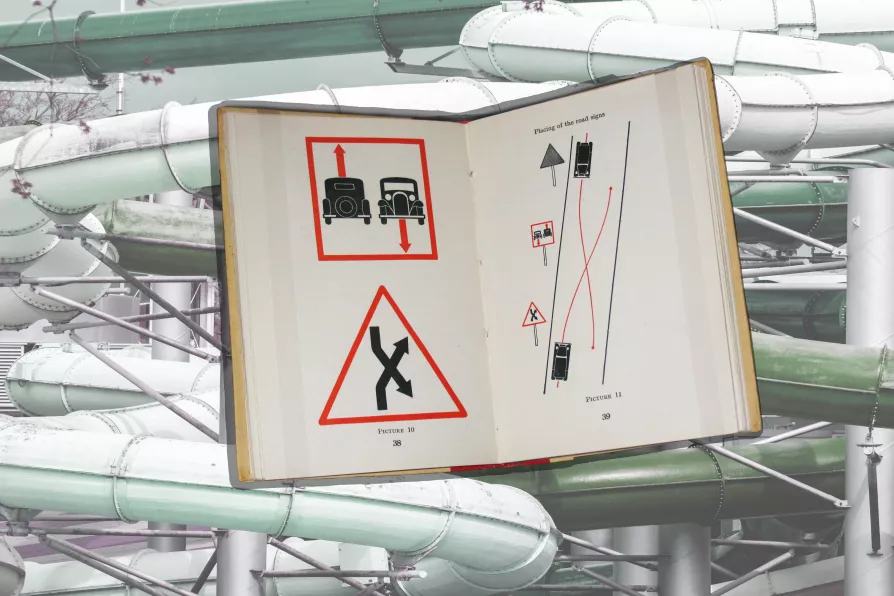Secret consultation documents finally released after the Morning Star’s two-year freedom of information battle show the Home Office misrepresented public opinion, claiming support for policies that most respondents actually strongly criticised as dangerous and unfair, writes SOLOMON HUGHES

 Examples of a pair of pictorial road signs in the 1936 Isotype manifesto — in contrast, many British road signs at this time required the driver to be able to read English
Examples of a pair of pictorial road signs in the 1936 Isotype manifesto — in contrast, many British road signs at this time required the driver to be able to read English
THE Covid-19 pandemic has created a situation where many non-scientists are looking intently at graphs, numbers and diagrams. Aside from complex questions such as how to make fair comparisons over time when definitions may have changed (the topic of our last column), the problem of showing the data itself in a fair and clear manner has prompted a great deal of argument.
As well as official government graphics, many newspapers and websites have in-house teams who produce their own graphs, updated in real-time. What’s more, individuals on Twitter pass around their own homemade graphs like scientific samizdat. Often they are using the same underlying data but are “visualising” it differently.
For example, whether a graph uses a linear scale or a log scale can change what it looks like, which can lead to different impressions about the severity of the situation. Those making diagrams regarding Covid-19 also need to decide how to show numbers visually; for example, data from scientific experiments has been used by designers to make graphics highlighting droplets drifting over a room after a cough, aiming to make the invisible visible in a “realistic” way.
The concept of “data visualisation” may seem recent, but its analysis goes back over a century. One important influence on modern data visualisation was the so-called Isotype School, founded by Otto Neurath. Neurath originally called his system the Vienna Method of Pictorial Statistics.
He felt that even if people were illiterate, they should be informed and educated about societal issues. The fundamental aim was to convey quantitative or procedural information without using words.

A maverick’s self-inflicted snake bites could unlock breakthrough treatments – but they also reveal deeper tensions between noble scientific curiosity and cold corporate callousness, write ROX MIDDLETON, LIAM SHAW and MIRIAM GAUNTLETT
Science has always been mixed up with money and power, but as a decorative facade for megayachts, it risks leaving reality behind altogether, write ROX MIDDLETON, LIAM SHAW and MIRIAM GAUNTLETT















